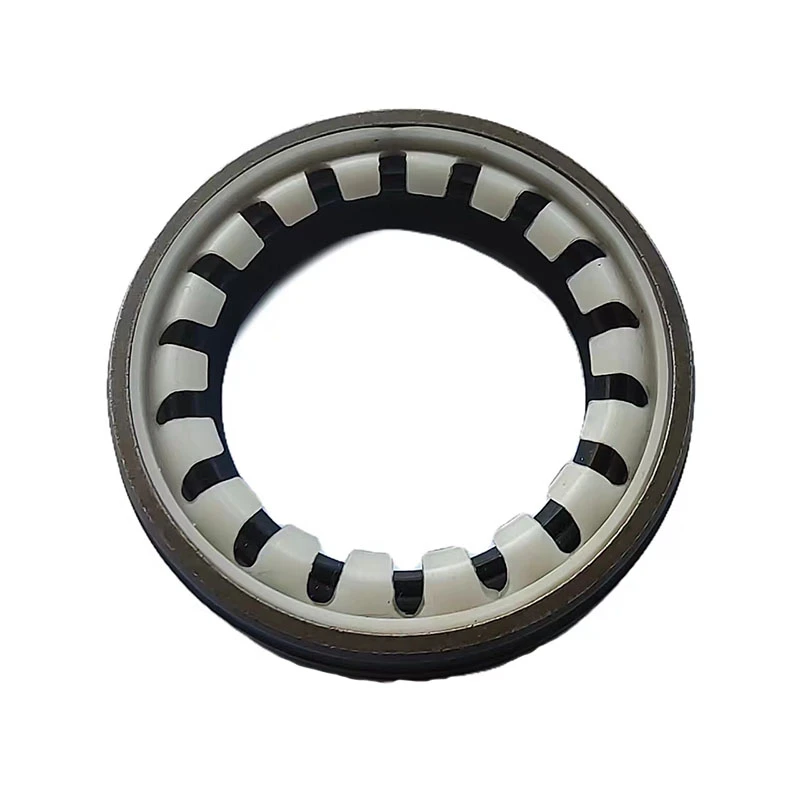Seal Functionality Between Engine and Transmission in Automotive Design
Understanding the Seal Between Engine and Transmission Importance and Maintenance
The seal between the engine and transmission is a crucial component in any automobile, playing a significant role in the functionality and longevity of the vehicle. Known as the rear main seal, this component serves several vital purposes that contribute to the overall health and performance of the engine and transmission system.
Function of the Seal
The primary function of the rear main seal is to prevent engine oil from leaking out of the engine and to keep contaminants from entering the system. This seal is located at the back of the engine, where it connects to the transmission. It is designed to ensure that the oil stays contained within the engine, which is necessary for lubricating moving parts and maintaining appropriate operating temperatures. A properly functioning rear main seal ensures that the engine runs smoothly, enhances fuel efficiency, and prevents damage caused by oil leaks.
Common Issues
Despite its importance, the rear main seal can experience wear and tear over time, leading to potential problems. One of the most common issues is oil leakage. When the seal deteriorates, it may develop cracks or become hard and brittle, causing oil to seep out. This not only leads to a noticeable drop in oil levels but can also create significant messes that can harm the vehicle and the environment. Oil leaks from the rear main seal often manifest as oil spots under the vehicle, which can be concerning for car owners.
Another issue might arise from improper installation during manufacturing or repair processes. If the rear main seal is not installed correctly, it may not create a perfect seal, which can result in leaks. Vibration from the engine can further exacerbate this problem, leading to premature seal failure.
seal between engine and transmission

Symptoms of a Failed Seal
Recognizing the symptoms of a failing rear main seal is crucial for timely intervention. One of the most obvious signs is the presence of engine oil spots under the vehicle. Additionally, a noticeable drop in oil levels can indicate that oil is leaking from the seal. In some cases, drivers might experience oil burning smells, as the leaking oil can come into contact with hot engine parts. In severe cases, oil leaks can lead to engine foaming; when oil mixes with dirt and air, it can impair lubricating properties, leading to significant engine damage.
Maintenance and Replacement
To extend the lifespan of the rear main seal, regular maintenance of the engine is essential. Regular oil changes, using high-quality oil, and ensuring that the engine is free of contaminants can help maintain the integrity of the seal. It is also crucial to watch for any signs of oil leaks as early detection can save significant expenses in repairs.
When it becomes necessary to replace the rear main seal, it is crucial to have it done by a qualified technician. The process can be labor-intensive as it often requires removing the transmission to access the rear main seal. This labor-intensive nature leads to higher costs, but it is essential for ensuring that the new seal is installed correctly and can function effectively.
Conclusion
The seal between the engine and transmission, or the rear main seal, serves an indispensable role in the automotive system. It prevents oil leaks and helps maintain the essential lubrication required for optimal engine performance. Understanding the importance of this component, recognizing the symptoms of a failure, and performing regular maintenance can help vehicle owners avoid costly repairs and enhance the longevity of their vehicles. By paying attention to the health of the rear main seal, drivers can ensure the smooth operation of their vehicle, contributing to safer and more efficient journeys on the road.
-
The Ultimate Guide to Boat Propeller Bearings and Trailer Wheel Bearings
News Jul.31,2025
-
The Essential Guide to Marine Bearings and Boat Trailer Wheel Bearings
News Jul.31,2025
-
The Complete Guide to Heavy Duty Seals: Protecting Doors and Spaces Efficiently
News Jul.31,2025
-
Essential Guide to Marine Shaft Bearings and Boat Trailer Axle Bearings
News Jul.31,2025
-
Comprehensive Guide to Marine and Trailer Bearings for Safe Boating and Transport
News Jul.31,2025
-
Comprehensive Guide to Automotive Oil Seals: Protecting Your Engine and Shafts
News Jul.31,2025
-
Understanding Automotive Oil Seals: Essential Components for Engine and Shaft Protection
News Jul.30,2025
Products categories















